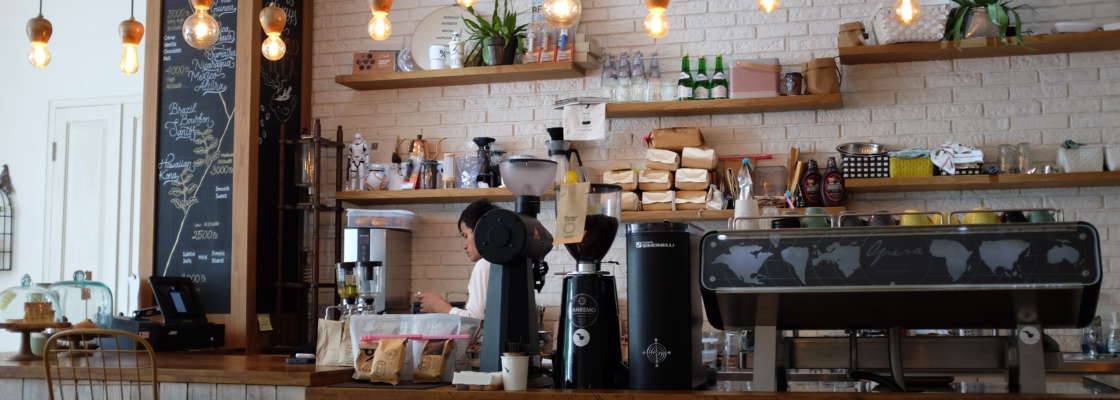What breaks do I need to give my staff now?
Since March 2016 legislation around meal and rest breaks was amended to allow for more flexibility for workplaces around when employees take their breaks. It has meant however that some businesses are now unsure about when and how best to deal with breaks in their operation.
Before, the law was prescriptive: employees were entitled to a set number of breaks for specified durations depending on the number of hours worked. Now that prescribed number and duration of breaks has been removed. The obligation on an employer is instead to provide rest and meal breaks that provide a ‘reasonable opportunity during an employee’s work period for rest, refreshment, and attention to personal matters’, and which are appropriate for the length of time they have been at work.
Employees still get breaks but you can agree when and how long these breaks are (and importantly, ensure that breaks don’t coincide with busy service periods).
While the Restaurant Association’s newest employment agreement template has been amended to emphasize this flexibility, the new rules around breaks can’t be enforced unless existing rest and meal break provisions in older employment agreements are varied. The Restaurant Association can provide you with a one page employment agreement variation to do this.
Like all employment matters, employers and employees should negotiate in good faith, so if an employee wants to discuss the workplace’s break policy and propose an alternative, try to come to a reasonable agreement. However, if you cannot agree, the employer has the right to set reasonable times and lengths of breaks for their employees.
What is appropriate now?
Good practice for determining what breaks are provided, when and for how long, takes into account:
- how long the employee’s work period is
- the nature of the employee’s work
- any health and safety issues related to the work, for example fatigue
- the time of day or night that the employee’s work period starts
- the interests of the employee – e.g. to allow enough time for rest, refreshment and to take care of personal matters
- the employer’s operational environment or resources – eg does the employer need employees to take their breaks in stages or according to a roster, in order to continue production or services?
It is still up to the individual business, however common practice would still be for a rest break to be for a duration of between 10 – 15 minutes and occur when an employee has worked for between 2-4 hours. Rest breaks are typically paid. Meal breaks are longer and typically unpaid. Employees would usually receive a 30 minute meal break (along with a 10 minute rest break) after working for 4-6 hours. It is best to emphasize that this will vary if any of these timings fall over the busy service periods (unless you can accommodate their absence over this time). Often times the break between split shifts allows an adequate meal break.
An employer does not have to give breaks if breaks cannot reasonably be given, considering the nature of an employee’s work. However employers must compensate employees if this happens. As there are generally ebbs and flows over the length of a shift, we are not of the view that you would be able to argue that a hospitality worker cannot reasonably be given a break because the business is busy.
One of the key things to note is that employees do still remain entitled to breaks and from a health and safety perspective it is important they take them. The changes have not taken breaks away but allow you to decide when is the most appropriate time for them to be taken, and for how long, for your business.

